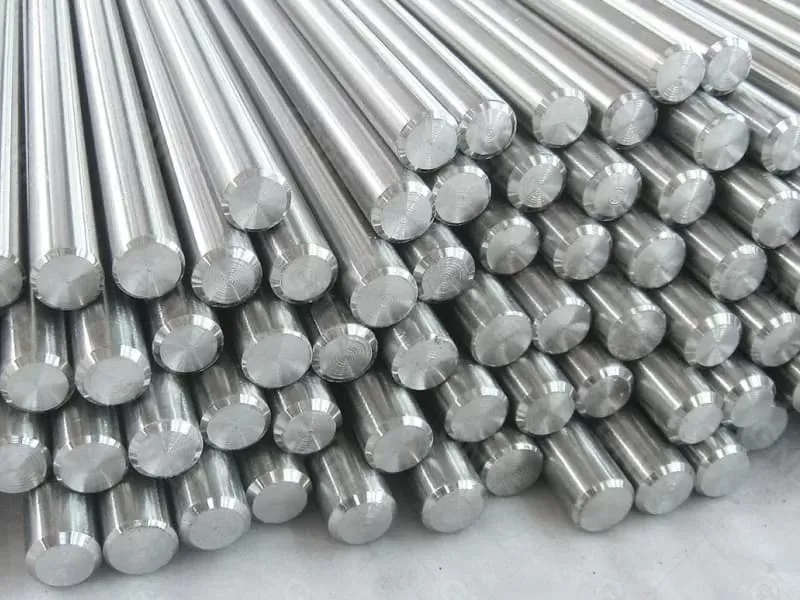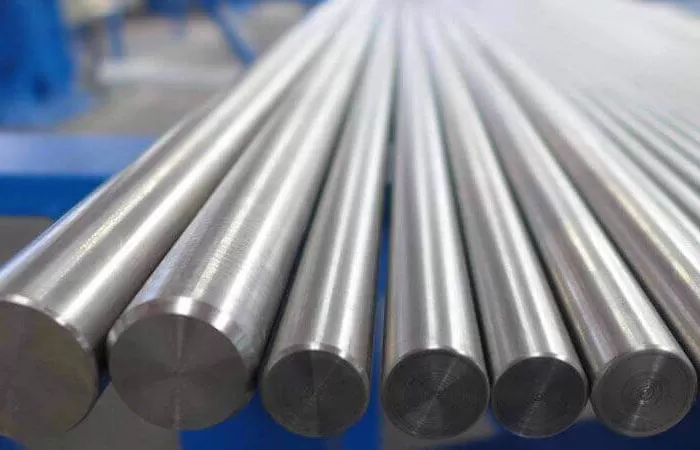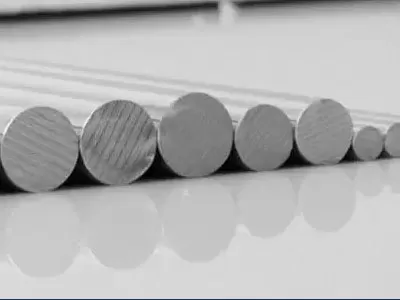
In an industry dominated by the constant threat of corrosion, the need for reliable materials has never been greater. Alloy 625 is one such material that might not always make headlines, but it quietly keeps chemical plants, marine systems, and aerospace components functioning at their highest level. The combination of nickel, molybdenum, and chromium in this alloy makes it resistant to a wide range of aggressive environments, from acids to salts to high temperatures. It is an alloy that does not demand attention but earns respect through years of dependable service.
Alloy 625’s resistance to oxidation and corrosion is no accident. The alloy was designed specifically to withstand environments where most other metals would falter. One of its primary applications is in the chemical processing industry, where it is used in everything from heat exchangers to reactor vessels. The aggressive environments encountered in these processes — including exposure to sulfuric acid, phosphoric acid, and nitric acid — would quickly degrade less robust materials. Alloy 625 bars, machined into various shapes, are used to fabricate components that can withstand these corrosive conditions without compromising the structural integrity of the plant.
What makes Alloy 625 so attractive is its ability to maintain strength in both cryogenic and high-temperature environments. While many alloys lose their structural properties at high temperatures, Alloy 625 performs admirably even under extreme conditions. This makes it ideal for industries such as aerospace, where components need to withstand intense heat without losing their ability to support critical structures. The alloy's combination of strength, corrosion resistance, and flexibility makes it an indispensable choice for many applications.
In addition to its chemical resistance, Alloy 625 has a unique ability to resist stress-corrosion cracking. This is particularly important in applications where materials are exposed to both high temperatures and a corrosive environment. The nickel and molybdenum in the alloy form a strong matrix that prevents cracks from propagating, ensuring the material remains structurally sound over time.
Yet, despite its superior performance in demanding environments, Alloy 625 is not without challenges. Machining the material can be difficult due to its high strength and work-hardening properties. However, the extra effort required to fabricate components from this alloy is often well worth it, especially when compared to the long-term savings in maintenance costs and replacement parts. As industries face increasing demands for sustainability and efficiency, the role of Alloy 625 in providing lasting solutions becomes all the more significant.
In conclusion, Alloy 625 is not the most glamorous or high-profile material, but its enduring performance in harsh conditions has made it the unsung hero of countless industries. From chemical plants to aerospace engines, its contribution to modern technology cannot be overstated.

2025-11-19 14:09:22

2025-11-07 17:27:49

2025-11-05 15:44:44

25th floor, C3 Building, Wanda Plaza, Kaifu District, Changsha, Hunan Province, China